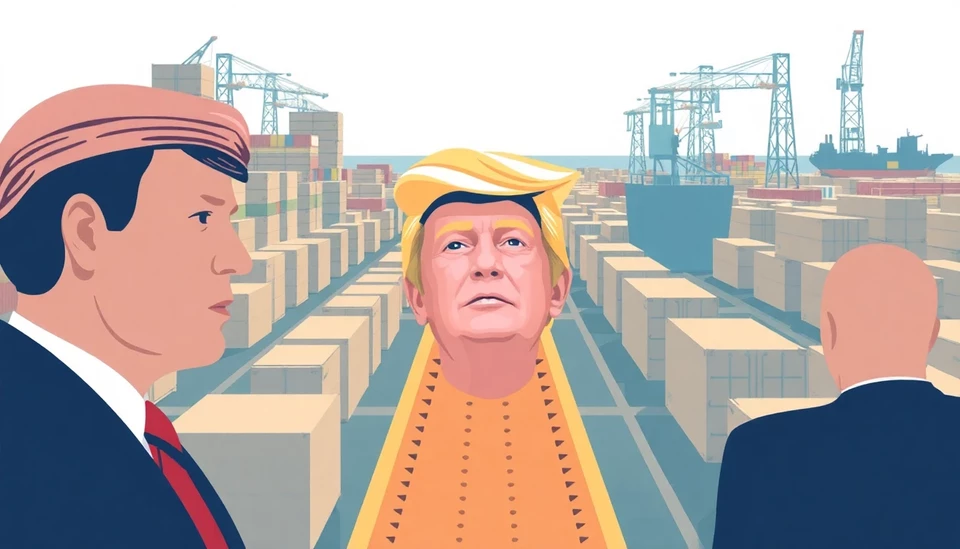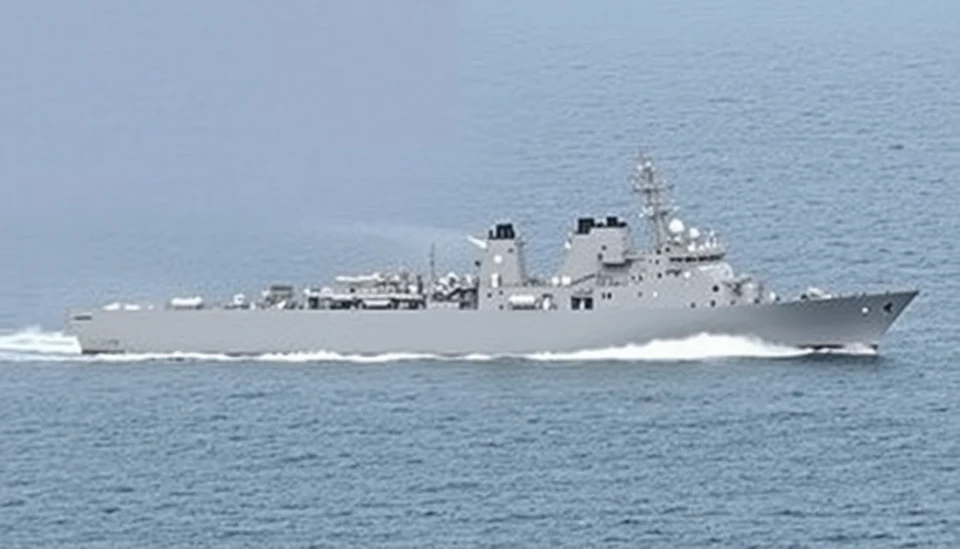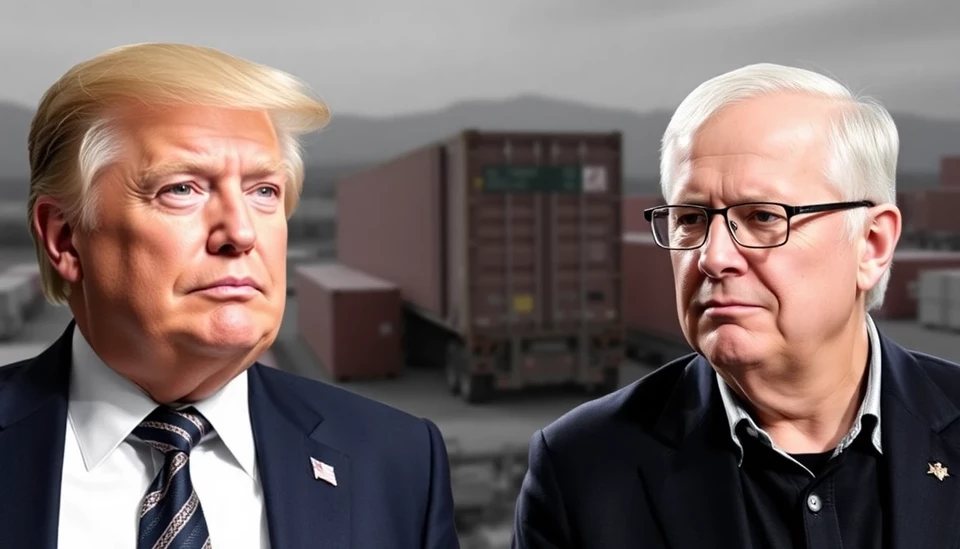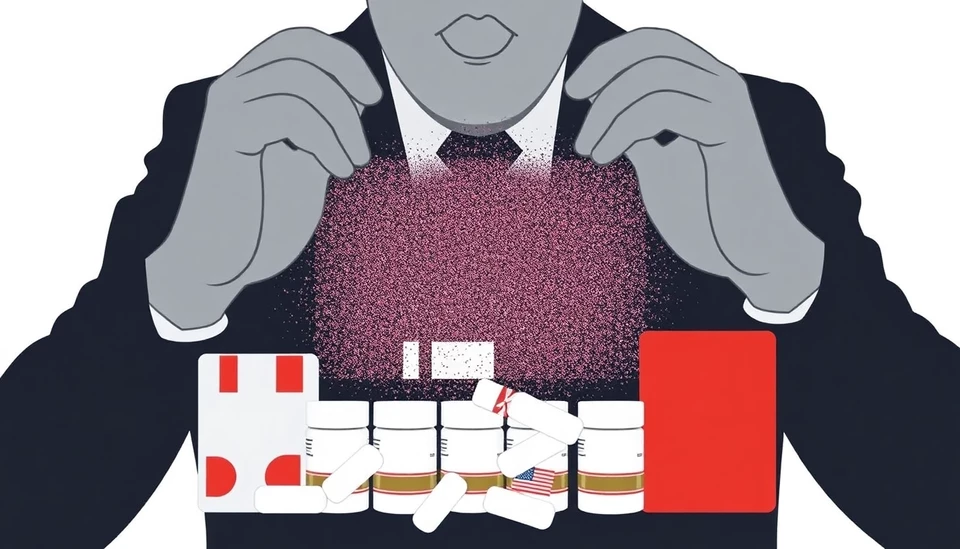
In a bold move that could further escalate tensions in the global trade arena, former President Donald Trump has proposed the implementation of secondary tariffs aimed at penalizing nations that do not conform to U.S. economic standards. This innovative strategy seeks to exert pressure on foreign countries by imposing tariffs not merely on their exports, but also targeting entities that engage in trade with these countries, potentially affecting a myriad of industries worldwide.
The concept of secondary tariffs is relatively new and could transform the way the U.S. conducts its international economic relations. In essence, it allows the U.S. government to retaliate against nations that may be seen as non-compliant with trade regulations or human rights standards, even if those nations are not directly trading with the United States. This method of indirect economic pressure could create a ripple effect, impacting various supply chains and operations on a global scale.
Advocates of the proposal argue that secondary tariffs represent a necessary evolution in American trade policy. They believe that this strategy could encourage nations to adhere to a more favorable set of economic practices, or risk facing repercussions that extend beyond simple economic transactions. This could involve sanctions directed toward corporations and businesses that support or do business with nations perceived as off the mark.
Critics, however, warn that the implementation of such tariffs could lead to increased volatility in international relations and trade. They highlight that this could result in retaliation from other countries, potentially igniting a trade war that extends far beyond the boundaries of U.S. interests. Increased tensions could further complicate diplomatic relations and lead to significant disruptions in global supply chains that remain fragile in the wake of recent economic crises.
In addition to geopolitical implications, analysts speculate that secondary tariffs could lead to increased prices for consumers in the United States. If companies are forced to absorb the costs of retaliatory tariffs, these expenses are likely to trickle down to everyday consumers, potentially driving up prices on goods and services.
Furthermore, the prospect of secondary tariffs prompts questions about enforcement and the criteria for determining compliance. The ambiguity surrounding which nations or entities would be targeted raises concerns about inconsistencies and fairness in application, potentially undermining the U.S.'s credibility in the global market.
As this proposal takes shape, it is clear that Trump’s new trade weapon could have far-reaching consequences, not just for U.S. relations but also for global trade dynamics overall. Stakeholders across various sectors will need to closely monitor developments as they unfold, preparing for the possibility of a new era of stiff economic battles that could redefine the landscape of international trade policy.
#Trump #SecondaryTariffs #TradePolicy #GlobalTrade #EconomicRelations #InternationalTrade
Author: Laura Mitchell




